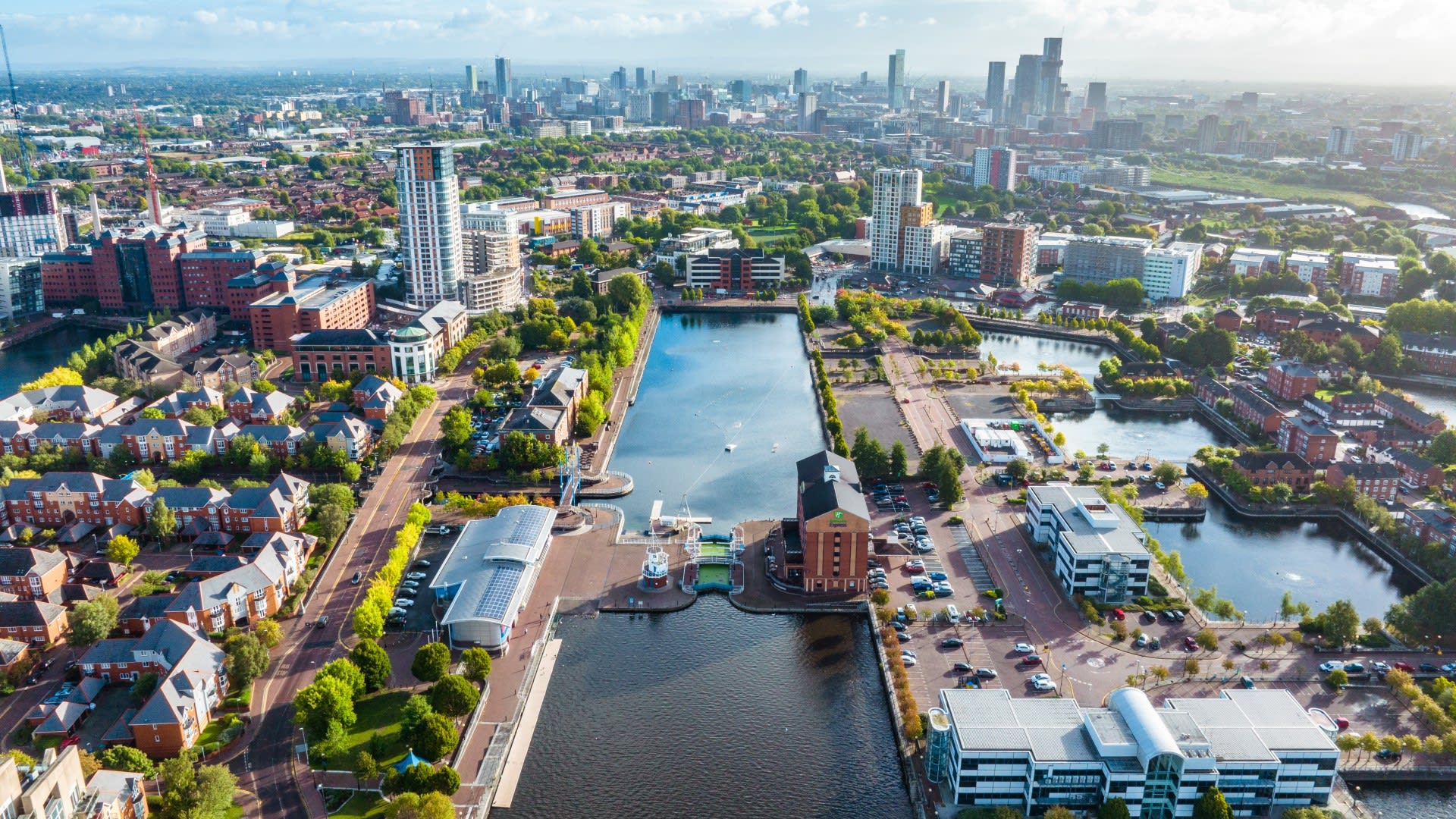UK Market Update - November 2022
The chancellors Autumn Statement attempted to calm the markets, with plans to ‘balance the books’ following the roll back of Kwarteng’s mini budget. Hunt paved the way for £30bn of spending cuts and £25bn of tax rises.
The Autumn statement, effectively a budget in all but name, saw the OBR confirming that the UK was now in recession, forecasting a 1.4% fall in the UK economy in 2023. Although the Bank of England raised interest rates further to 3%, inflation is proving sticky, reaching a 41 year high of 11.1% in October.
But the Autumn statement appears to have calmed the financial markets with bond yields, swap rates, debt costs and mortgage rates all falling back in recent weeks. Fixed rates on mortgages, which had exceeded 6% in the aftermath of the mini budget have fallen, with deals now appearing at sub 5%.
For the residential market there were a handful of announcements, none which were sufficiently game changing to impact our longer-term outlook for the market. Firstly, stamp duty cuts, one of the only surviving policies from Kwarteng’s time in office were given a time limit. Current rates now ending in March 2025.
Tax-free allowance for capital gains will fall 50% in April from £12,300 to £6,150 which means increasing costs for owners of second homes and small landlords.
Capping of increases in social rent at 7%. This does not apply to shared ownership, but it is widely accepted that a similar maximum rental increase will be mirrored for these properties too.
Energy efficiency was also a major theme. There will be £6bn made available to insulate Britain’s housing stock and additional measures and targets for commercial buildings.
Despite sustained increases in the cost of living, lower income households saw some concessions. The minimum wage will increase by 9.7% to £10.42 in April. Most benefits will rise by CPI with the government standing by the triple lock for pensions. But more will pay higher rates of tax, as thresholds were frozen, or in the case of the 45p rate lowered, from £150,000 to £125,000.
The Sales Market
As expected, with mortgage rates rising and a fall in the number of mortgage products offered by lenders, buying a home has become more expensive and demand from prospective purchasers has fallen. Latest figures from the RICS suggest new buyer enquiries fell for the sixth consecutive month in October. This is evident UK wide, with new buyer enquiries falling across all regions in both the September and October reports. Respondents were now, on balance, expecting some degree of price falls.
Average house prices across the UK rose 9.5% in September 2022, compared with September 2021, with prices 26% higher than they were pre-pandemic (September 2019 vs September 2022). Regionally annual price growth ranged from 5.8% in the North East to 13% in Wales. In London prices rose 6.9% in the year to September 2022.
The number of days to sell rose to 40 in October, up from a low of 31 days in April and 36 days at the same point a year ago.
The Rental Market
An undersupply of rental homes on the market alongside strong demand continues to fuel a rise in rents. The RICS survey reported a net balance of +46% of respondents reporting a rise in tenant demand, whereas new landlord instructions fell again in October.
Latest figures from Homelet show average UK rents rose 10.6% in the 12 months to October, with all UK regions recording annual increase in achieved rents, from a 6.0% annual increase in North East to 15.2% in Scotland. These figures are mirrored by the latest Q3 Rightmove asking rents, with rents 11% higher nationally in Q3 2022 and up 16% in London.
Forecasts
Lessons learnt from the global financial crisis mean the UK housing market is in a stronger position, with households more equity rich and stress tested for higher rates. But there is no denying that 2023 looks to be challenging for those looking to transact, transaction volumes are forecast to fall 30% next year but for house prices we will see a correction rather than a crash.
On 2 November Monetary Policy Committee (MPC) increased the base rate by 0.75 percentage points to 3%. Inflation remains significantly higher than the 2% target, reaching 11.1% in October. But there are signs that upward pressure on rates is weakening. The pound rose against the dollar, and gilt yields fell, adding some downward pressure on UK inflation and justifying Bank of England Governor Andrew Bailey’s insistence that base rates will not have to hit the levels markets have been pricing in. The Bank expect inflation will fall back in 2023 to below the 2% target threshold in early to mid-2024.
JLL Residential Forecasts, released in early November, expect that a combination of higher rates, poorer market sentiment and the cost-of-living squeeze will mean prices and activity levels fall across the UK housing market in 2023. JLL are forecasting the number of sales nationally will drop to circa. 1 million transactions in 2023. Prices are expected to fall UK wide by 6% in 2023 before recovering in late 2024, as interest rates fall back and inflation is contained.
But safeguards put in place following the global financial crisis will act as a buffer against double digits falls some are predicting (worth noting in most instances as a worst-case scenario). We do not expect all areas will see price falls next year. The outlook for the UK’s city centres is much stronger. House prices are still expected to grow in the centre of many of the UK’s largest cities. Underpinned by high demand and a relative lack of stock. Demand has significantly outstripped housing supply in the period since Covid-19, as students and young professionals have looked to return to the UK’s major cities. We expect this to continue, coupled with a rise in demand for energy efficient new build city centre homes as renters look at ways to minimise their energy bills.
With Help to Buy registrations closing at the end of October we were already expecting the number of prospective first-time buyers would fall next year. The increase in rates means we anticipate further falls. This will, we expect, create further demand for rental properties and support growth in rents of 4% in 2023 an 15.9% between 2023 and 2027.
| Residential Sales Forecasts | 2023 | 2024 | 2025 | 2026 | 2027 | Total 2023-27 | Average pa |
|---|---|---|---|---|---|---|---|
| UK House Price Change (% pa) | -6.0 | 1.0 | 4.0 | 5.0 | 5.0 | 8.9 | 1.7 |
| UK Rental Value Change (% pa) | 4.0 | 3.5 | 2.5 | 2.5 | 2.5 | 15.9 | 3.0 |
And in case you missed it….
The latest JLL Help to Buy survey, surveying almost 1,000 buyers, developers and brokers, outlines what a market without Help to Buy is likely to look like. In October we published the first of our Residential Cities Development Report, featuring the ‘big six’ UK cities; keep an eye out for half annually updates. And Marcus Dixon, Director of UK Residential Research, JLL, talks to the Evening Standard on the outlook for London..




